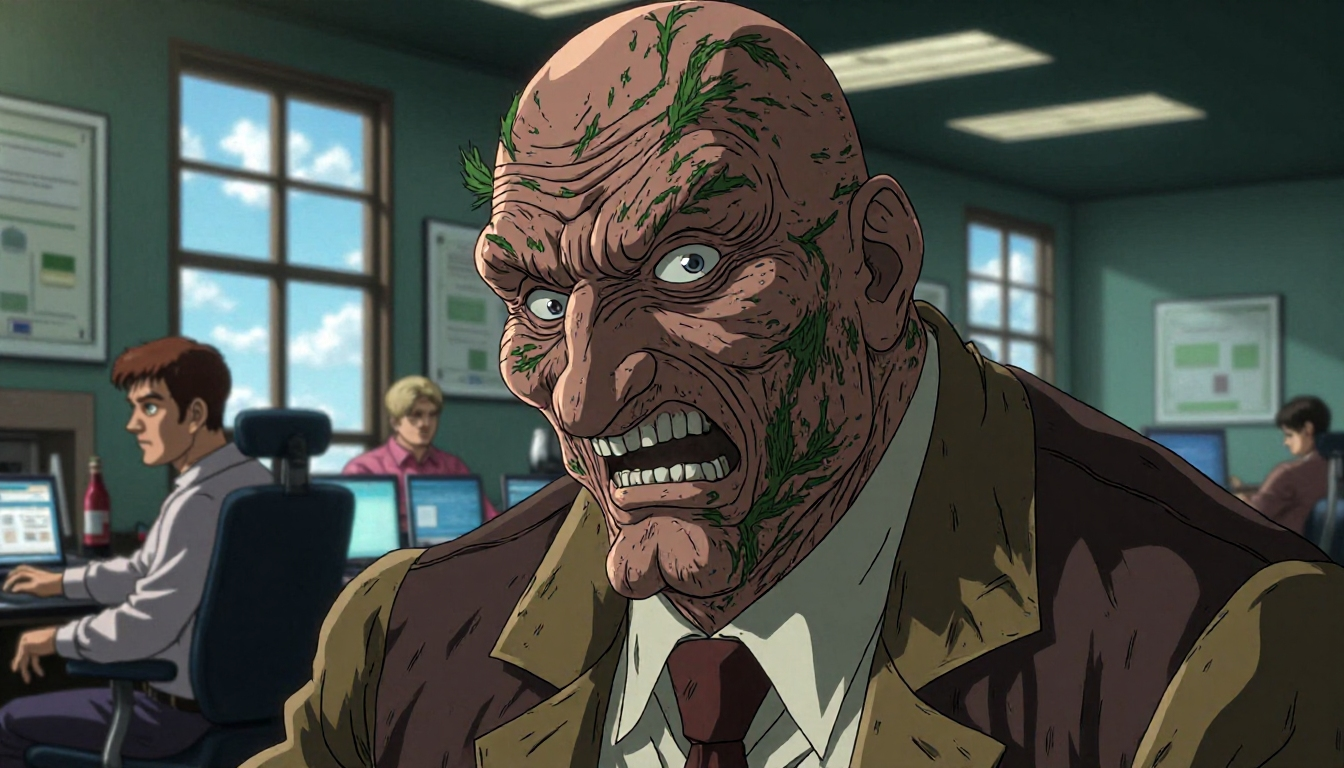Working in a toxic place can really hurt your feelings and make your job hard. HR expert Liz Ryan says smart people often leave jobs because of a bad work place, not because of money or job tasks. It’s important to know the signs of a toxic work place to keep your mind and job safe.
We will show you how to spot the main signs of a bad work place. We get how hard it is to deal with work problems. We want to help you know what to do when a boss is being really hard to work with.
Key Takeaways
- Understanding toxic workplace signs is essential for professional growth
- Toxic bosses can significantly impact your mental well-being and career progression
- Early recognition of toxic behaviors helps develop effective coping strategies
- Professional boundaries are critical when dealing with challenging work environments
- Your mental health and career satisfaction should always be a priority
Understanding Toxicity in the Workplace
Toxic workplaces can quietly harm professional settings. They can hurt how well employees do their jobs and how happy they are. We look into how these problems, like employee harassment and discrimination, affect work places.
Spotting toxic workplaces needs a deep look at big problems. These places often grow because of:
- Poor leadership practices
- Lack of accountability
- Culture that puts results over people
- Normalizing bad behavior
Harassment at work comes from cultures that let bad actions go on. When leaders don’t stop unfair acts, these bad places get worse. This makes it hard for workers to feel okay at work.
“A toxic workplace is not just about individual bad actors, but systemic failures in organizational culture and leadership.”
Knowing about these issues helps us spot problems early. We can all work together to make workplaces better. We need to focus on respect, fairness, and being inclusive.
Looking into why discrimination happens at work helps companies. They can make work places that are supportive and value everyone’s worth.
Sign 1: Excessive Micromanagement
Micromanagement is a big warning sign in a toxic workplace. Leaders who control every detail make work stressful. They also take away employee freedom.
Spotting micromanagement means knowing its harmful signs. Toxic bosses often:
- Ask for too many updates
- Don’t give feedback when they say no
- Change plans without reason
- Need to okay small tasks
Being micromanaged can really hurt your feelings. It makes you feel:
- Less confident
- Less happy at work
- Stressed about doing well
- Less excited to try new things
Our studies show micromanagement hurts teams too. It stops creativity, breaks teamwork, and makes good workers leave.
“Micromanagement kills team spirit faster than any other leadership mistake.” – Google’s HR Research Team
Knowing these signs helps employees fight back. It keeps their jobs and minds safe.
Sign 2: Lack of Communication
Good communication is key in a healthy workplace. When bosses don’t share, it makes everyone feel unsure and untrusted. They might not talk much to keep their power.
Knowing when communication is bad can help you stay safe at work. Bad bosses often don’t talk to control others. They keep important info to themselves.
- Unclear or inconsistent messaging
- Refusing to provide context for decisions
- Avoiding direct questions
- Changing expectations without explanation
Poor communication hurts more than just your day. It can make your team unhappy, less productive, and unhealthy.
“Communication works for those who work at it.” – John Powell
We suggest ways to deal with bad communication:
- Write down what’s said
- Ask for things in writing
- Get info from different places
- Stay calm and professional
| Communication Red Flags | Potential Impact |
|---|---|
| Minimal team updates | Increased team uncertainty |
| Selective information sharing | Reduced trust |
| One-way communication | Decreased employee engagement |
Understanding these communication issues can help you stay safe. It might even make work better for everyone.
Sign 3: Favoritism and Unequal Treatment
Favoritism is a big problem in work places. It makes things bad for everyone. When bosses pick favorites, it hurts the team and how well people do their jobs.
It’s important to know when things are not fair at work. Bad bosses show favoritism in many ways. They give the best projects to some, but not all. They also give more praise and chances to grow to some, but not all.
- Consistently assigning prime projects to select employees
- Providing unequal access to professional development opportunities
- Offering disproportionate praise and recognition
- Overlooking misconduct from preferred team members
When bosses treat some unfairly, it hurts the team a lot. It makes everyone unhappy, less productive, and stressed.
| Favoritism Impact | Workplace Consequences |
|---|---|
| Unequal Project Allocation | Reduced Team Motivation |
| Selective Performance Recognition | Increased Employee Turnover |
| Restricted Career Advancement | Lower Overall Team Performance |
Keep track of when things are not fair at work. This can help if you need to talk to HR or your boss. A good work place is one where everyone is treated the same, with respect and chances to grow.
Responding to a Toxic Boss Effectively
Dealing with a hostile work environment needs careful planning. It’s tough to handle employee harassment or toxic bosses. We help you take charge and keep your mental health safe.
Documentation is key when facing workplace problems. Start a detailed log of incidents. Include dates, times, and specific behaviors that show a pattern of bad actions. This evidence is vital if you need to talk to HR or management.
Setting clear boundaries is crucial with a toxic boss. Use assertive but professional communication. Talk about specific behaviors, not personal attacks. Always ask for written records and stay calm in all talks.
Looking for support outside your job might be your best move. Talk to trusted coworkers, reach out to HR, or look for new job opportunities. Sometimes, it’s best to find a place that values and respects its employees.





Leave a Reply